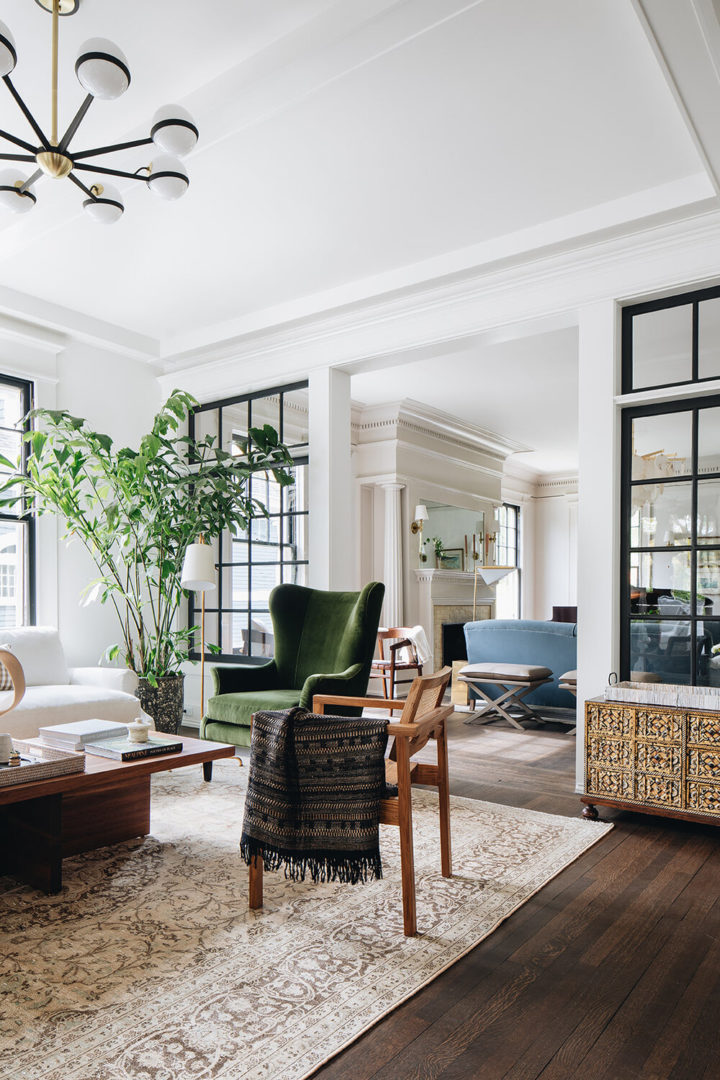Find an expert Architecture Firm to build your vision.
Find an expert Architecture Firm to build your vision.
Blog Article
Transform Your Home With Essential Concepts of Interior Decoration and Visual Appeals
The art of transforming your home through the crucial principles of indoor style and aesthetics needs a thoughtful technique that harmonizes color, balance, and spatial awareness. By comprehending the impact of shade theory and the importance of texture and patterns, one can produce spaces that are not just visually enticing but also deeply personal. Achieving this equilibrium entails more than plain decoration; it incorporates a strategic plan and an eager understanding of exactly how each aspect engages within a space. As we discover these foundational principles, consider just how they could redefine your understanding of home and individual expression.
Recognizing Color Concept
Recognizing the concepts of color concept allows designers to produce spaces that resonate psychologically with owners while satisfying functional needs. Each category plays a crucial duty in developing harmony within a space.
The psychological influence of colors is extensive; warm hues such as reds and oranges evoke energy and heat, while awesome tones like blues and greens advertise calmness and peace. The usage of complementary colors improves aesthetic passion, producing striking contrasts that can raise a room's allure.
Neutral shades, on the various other hand, function as a flexible backdrop, allowing various other layout aspects to beam. It is necessary to think about aspects such as illumination and the space's purpose when picking a color combination, as these can change the assumption of shades throughout the day.
Inevitably, a well-considered shade plan can change an area, cultivating a feeling of convenience and style that aligns with the residents' preferences. Proficiency of shade concept is, as a result, an important ability for any type of indoor developer intending to create unified and inviting settings.
Accomplishing Balance in Layout
Just how can designers attain a sense of balance in their spaces? Accomplishing equilibrium in design is basic to creating harmonious interiors.
Unbalanced equilibrium, on the various other hand, relies upon differing components that still achieve a natural look. This method permits more vibrant and informal arrangements, offering passion while preserving stability. By very carefully choosing differing sizes, shades, and appearances, developers can produce a visually engaging room that feels well balanced yet energised.
Radial equilibrium highlights a main focal point with components radiating outward. This design is frequently seen in round layouts, where furniture and decor create a natural surround that draws the eye internal.
Inevitably, attaining balance calls for thoughtful consideration of range, percentage, and the relationships between aspects. Architecture Firm. By skillfully applying these balance principles, developers can change areas right into atmospheres that feel both aesthetically pleasing and functionally unified, improving the general experience for occupants
Value of Spatial Recognition

A keen sense of spatial understanding allows designers to recognize centerpieces within an area, assisting the viewer's focus to essential attributes while keeping a general feeling of unity. It also helps in the tactical positioning of illumination, which can considerably affect the understanding of room and mood. Moreover, understanding spatial partnerships enables the designer to satisfy the certain needs of occupants, making certain that each area offers its designated function without compromising appearances.
Inevitably, spatial awareness is vital for taking full check here advantage of the potential of any kind of interior area. By very carefully considering the interaction look at this web-site in between dimensions, design, and feature, developers can develop settings that not just meet practical demands but additionally stimulate a sense of comfort and beauty, enhancing the general living experience.
Integrating Texture and Patterns
Embracing a diverse series of textures and patterns can significantly enhance the visual and tactile allure of an interior space. The calculated use different products-- such as wood, steel, material, and stone-- creates depth and passion, making a space feel extra inviting and vibrant. Integrating smooth surfaces with rough textures can establish an equilibrium that draws the eye and engages the detects.
When integrating patterns, take into consideration both scale and repetition. Big patterns can serve as centerpieces, while smaller, subtle layouts can complement various other elements without overwhelming the space. Layering patterns, such as pairing flower pillows with candy striped throws, includes intricacy and a sense of consistency if carried out attentively.
It is also critical to preserve a natural shade palette, making sure that appearances and patterns function together rather than compete for focus. By selecting a few crucial textures and patterns, you can create a merged visual that shows your individual style while improving the total atmosphere of the area. Ultimately, the cautious incorporation of these elements can change an ordinary area into an innovative atmosphere abundant with character and heat.
Personalizing Your Area
Producing an area that shows your personality is vital to achieving an absolutely inviting setting. Customization in interior design permits you to instill your unique design and passions into your home, transforming it from a mere sanctuary into a haven that talks with who you are. Begin by selecting a color palette that reverberates with your emotions-- vibrant shades can invigorate, while soft tones use serenity.
Integrate art work and decor that mirror your passions, whether it be traveling, nature, or abstract concepts. Presenting individual collections, such as books, photographs, or mementos, can evoke cherished memories and create focal points view publisher site within a room. Furthermore, consider customizing functional pieces, like upholstered furnishings, to align with your visual preferences.

Final Thought
Finally, the improvement of a home via the important concepts of interior decoration and aesthetic appeal demands an extensive understanding of color concept, balance, spatial awareness, appearance, and personalization. Each element contributes considerably to producing an unified and practical living environment - luxury interior design. By attentively integrating these principles, people can enhance the aesthetic allure and psychological resonance of their areas, inevitably promoting a home that mirrors distinct identifications while supplying convenience and usefulness
Report this page